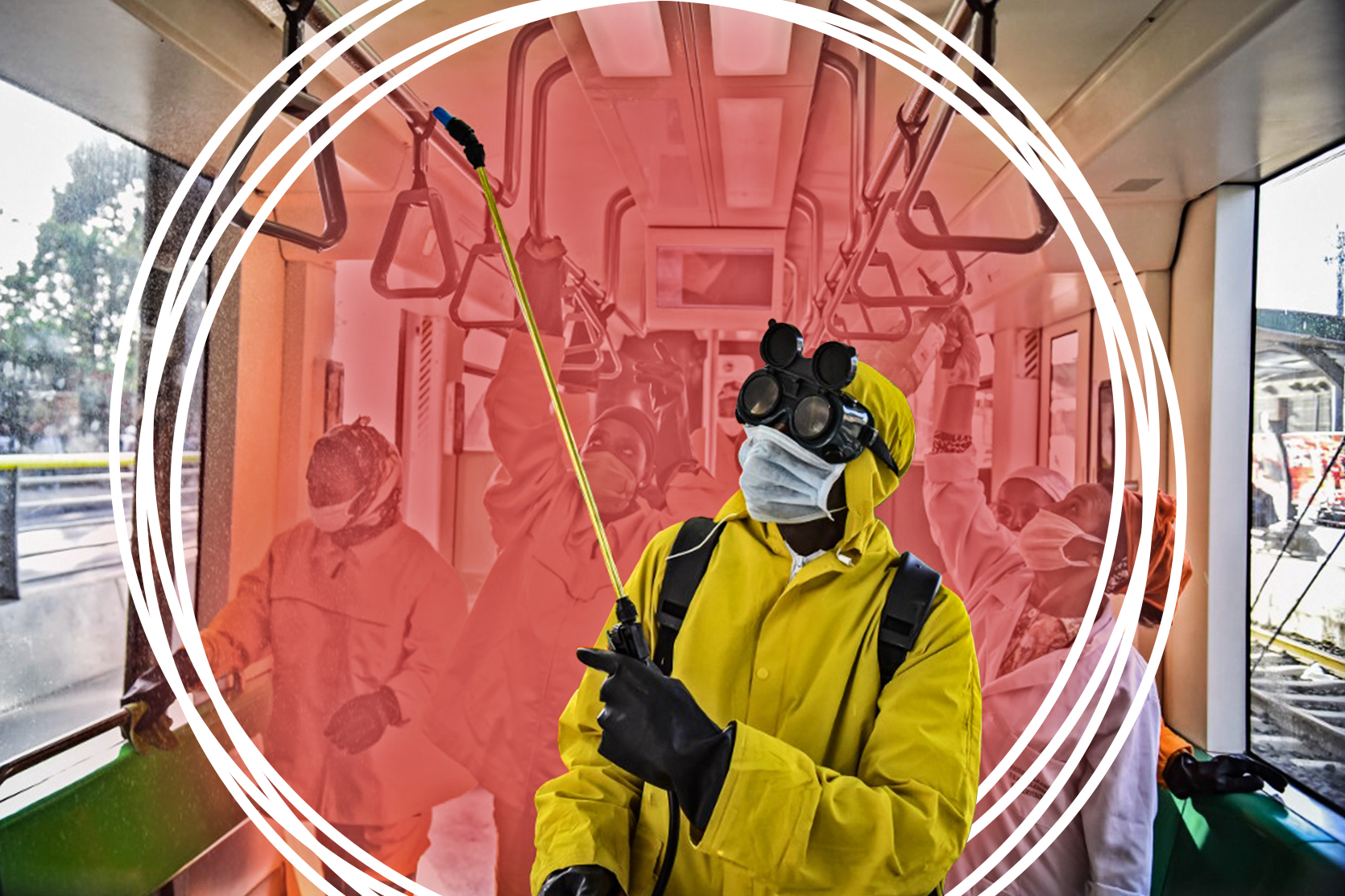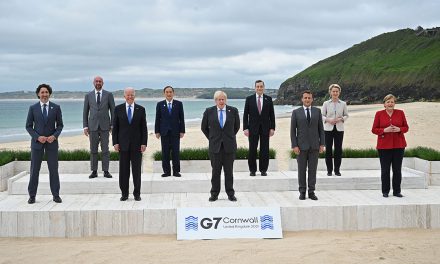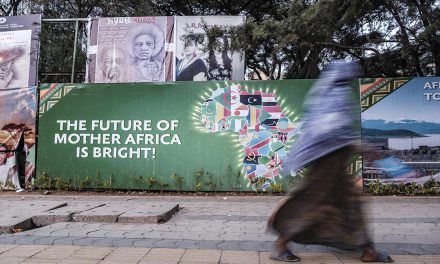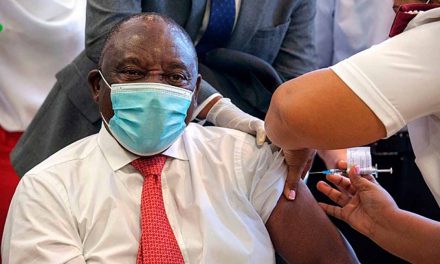
On 28 May, Ethiopia marked the 29th anniversary of the fall of a military Marxist government in May 1991. It was also a day when the country marked its highest increase in the number of people who have contracted the COVID-19 virus since the first case was reported in March this year. Close to 5,000 people were tested that day, and 100 of them were found to be positive with the virus.
The figures were greeted with subdued alarm in a country of more than 100 million people. The sudden jump in positive tests obviously correlates with a sharp rise in the rate of transmission of the virus. But, so far, the pandemic has received a cautious or lacklustre response from the government.
The first transmission reportedly occurred after a Japanese national travelled to Ethiopia via West Africa for work. For nearly two months after that, most cases were said to have been imported by people returning mainly from Dubai. In April, new cases of infection were reported – people directly associated with the returnees. When the reported cases of infection reached 55, and two people died as a result of the virus, the government declared a state of emergency.
By the time of writing, eight people had died and 761 hospitalised. Close to 200 others were discharged from isolation centres after testing negative.
By the time of writing, eight people had died and 761 hospitalised.
The health authorities have readied 15,000 beds for cases needing isolation – but have tested only 0.001% of the total population. Of the people found positive on 28 May, close to 40% reported having no interaction with those testing positive or returning from abroad. Chillingly, transmission had reached the community level, forcing the government to cordon off two counties in the middle of Addis Ababa, the capital.
The decision to declare a state of emergency was thought “strict” by some. Prime Minister Abiy Ahmed’s administration has been accused of heavy-handedness, of giving itself sweeping new powers. Yet the country has not been placed under complete lockdown; although schools are closed and 60% of the civil service have been told to stay home. The authorities appear to be cognisant of the economic and social consequences that might result from drastic public health measures, even in a crisis.
Despite good economic growth for more than a decade, Ethiopia remains one of the poorest countries in the world with GDP per capita at $790. Annually, around eight million citizens have to rely on humanitarian food assistance, a fact not helped by the displacement of millions due to domestic political violence following a change in the political order in 2017.
Ethiopia remains one of the poorest countries in the world with GDP per capita at $790. Annually, around eight million citizens have to rely on humanitarian food assistance.
The International Monetary Fund (IMF) has readjusted Ethiopia’s growth prospects to 3.2%, by more than half of its projection earlier in the year. Commentators worry that the slowing economy will bring massive unemployment, and possibly the layoff of 1.9 million people formally employed. Nonetheless, more than 80% of Ethiopia’s adult population is believed to be engaged in the informal sector and subsistent agriculture.
More than 80% of Ethiopia’s adult population is believed to be engaged in the informal sector and subsistent agriculture.
The authorities say they are prepared to feed up to 30 million Ethiopians in a worst-case scenario, to force people to stay home. Aside from the closure of the schools, the authorities are discouraging the faithful from going to places of worship, asking them to follow sermons and prayers from home via television broadcasts instead. Meanwhile, citizens are out and about.
Many restaurants remain open, although some international hotel franchises are closed. Markets are open, though the gathering of more than three people for any purpose is banned. Hardly any weddings are taking place; people in the regional states who tried to hold weddings were arrested. But large numbers of people gathering for funerals are common.
The authorities appear to be anxious to avoid provoking protests, and so tinker with measures. A month ago, a plan was introduced to limit road traffic to vehicles with plates ending either in odd or even numbers each day. The idea was that keeping half of all vehicles out of circulation would discourage car owners from going out. If only it had worked. The measure was shelved this week, but the public transport tariff was increased by 100%.
Like other countries, Ethiopia is caught in a dilemma: economic collapse under complete lockdown versus greater mobility and higher rates of infection.
Like other countries, Ethiopia is caught in a dilemma: economic collapse under complete lockdown versus greater mobility and higher rates of infection. Either way, they will be damned if they don’t act, as any policies they introduce could trigger political turmoil.
A national election scheduled for August 2020 has been postponed, which has plunged the country into a constitutional crisis. The constitutional terms of both the existing legislative bodies and the executive are limited to five years, with no option of extension. So far, COVID-19 looks, first, like an economic crisis, and then a political deadlock. The projected massive casualties on the health front have yet to occur. The official numbers of infections, which the authorities announce daily are in the meantime going up by hundreds. They are no longer in single or double digits.
We’d love to hear from you! Join The Wicked Conversation by leaving your comments below, or send your letter to the editor to richard@gga.org.
Tamrat G Giorgis is the managing editor of Fortune, which covers mainly the economies of Ethiopia and Africa. He has over 28 years experience in nearly every aspect of publishing with more than 11 various publications. He is a member of the Alumni of the University of Georgetown’s School of Foreign Policy and regularly contributes to specialised international publications.









My brother recommended I would possibly like this website.
He used to be totally right. This submit truly made my day.
You can not consider just how much time I had spent for this
information! Thank you!
Hi Angelita,
Many thanks for the response.
We appreciate your kind words and kindly keep an eye on our page for more*
And it’s equipped with the properly-known Fleck 5600sxt, which saves you a large number with annual
power consumption and ease of use.
Good Day,
Many thanks for your response and your kind words. Kindly keep an eye on our page for more*